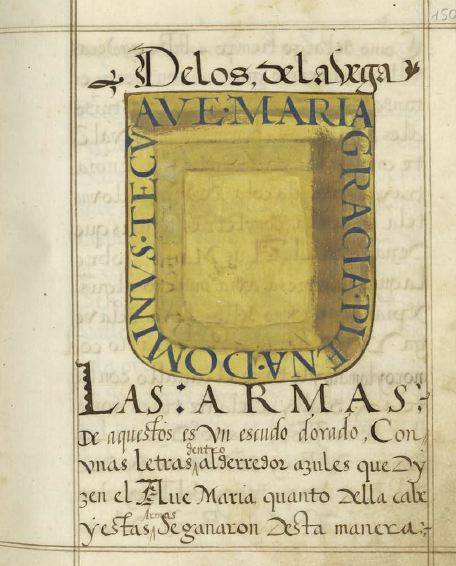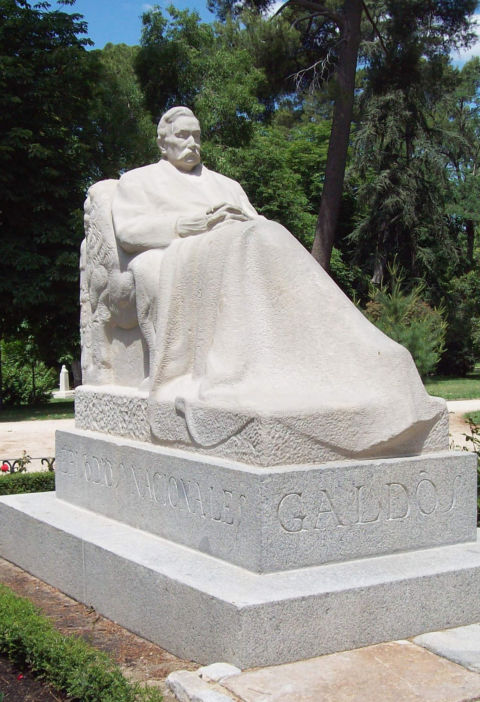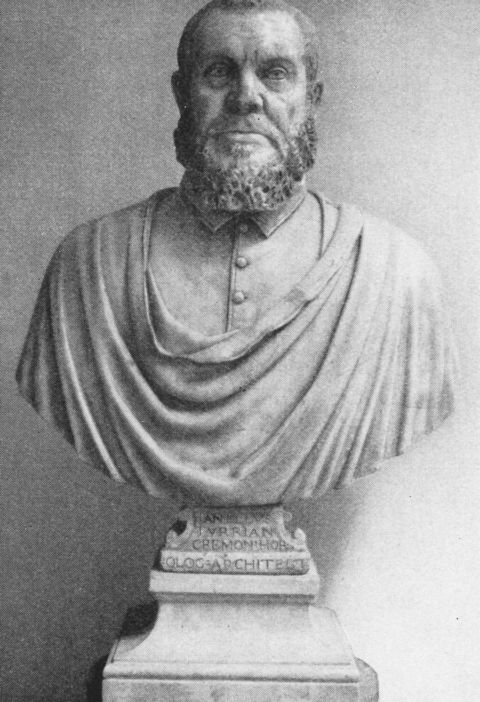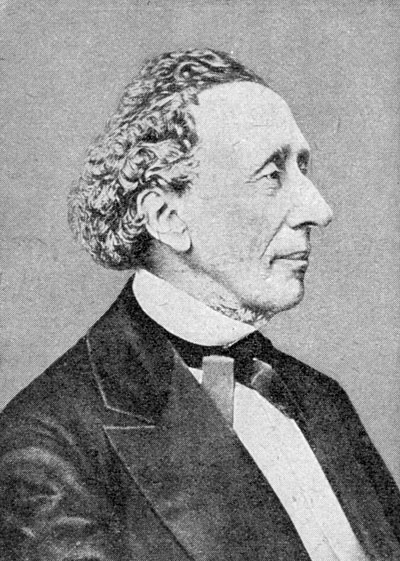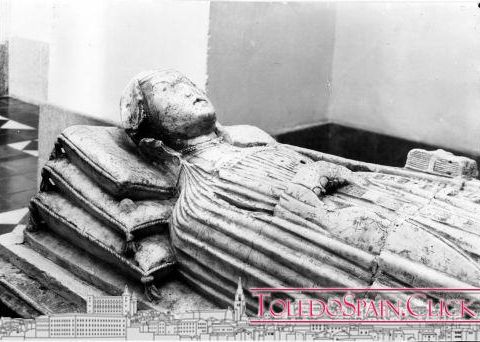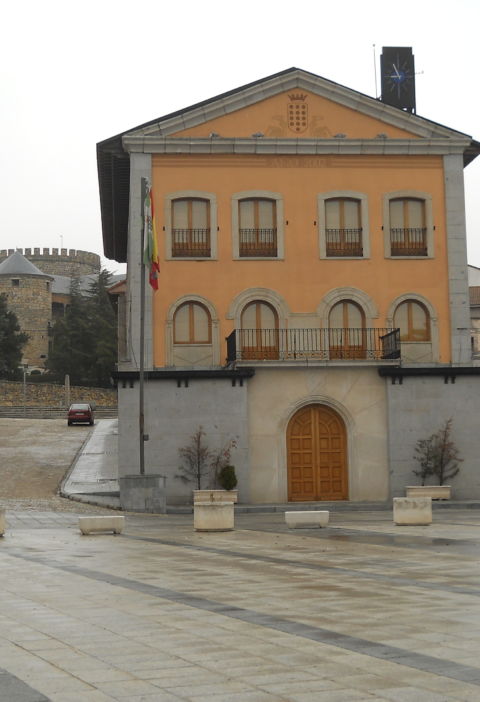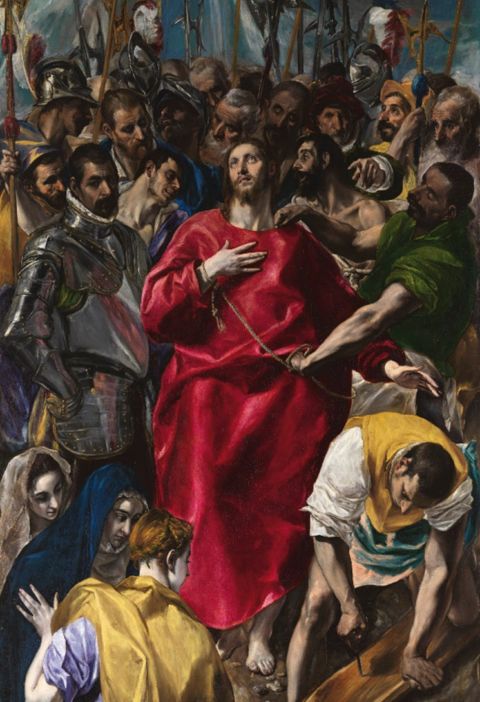In October 2006, the figure of Garcilaso de la Vega was commemorated in Toledo in a series of talks entitled “En torno a Garcilaso” (Around Garcilaso). As a native and resident of Toledo (occasionally), the poet also has space between our pages.
It is not the aim of this brief article to develop the life and work of such an illustrious Toledan gentleman, although others have already done so in extensive and excellent pages in which his biography and work are offered in detail (at the end of this article).
Garcilaso, son of aristocrats, was born between 1498 – 1503. Garcilaso de la Vega descended, on his father’s side, from Íñigo López de Mendoza, Marqués de Santillana and, on his mother’s side, from Fernán Pérez de Guzmán. He was born in Toledo, in the area known today as “Plaza de Padilla”.
His childhood and adolescence take place in an intense period, together in the rest of the lands dominated by the Crown which he will represent in many battles and adventures: discovery of America, Inquisition, Protestant Reform, the Renaissance in Italy, internal struggles…
A passionate period well taken advantage of by a young man who would soon stand out for the countless journeys and adventures that ended tragically, as well as a prolific poetic work that has survived to the present day.
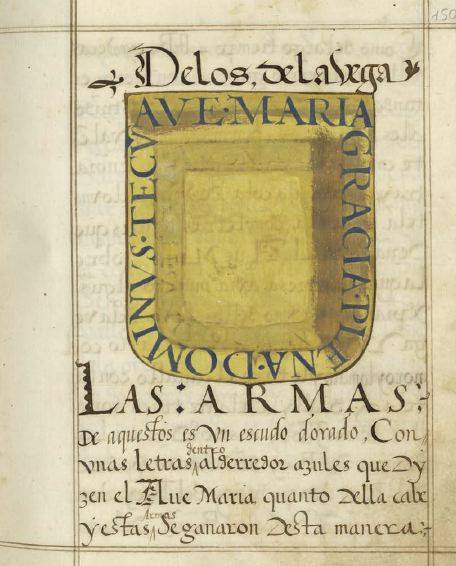 Portrait attributed to Garcilaso
Portrait attributed to Garcilaso
He receives a good education as a young man, between the villages of Cuerva and Batres. In 1517 Charles V arrives in Spain. His arrival implies plebiscite on the part of Garcilaso, very possibly, to the being “second” of a noble family. This vassalage would entail continued service in the ranks of the Emperor’s armies, starting from a young age in intense battles very close to Toledo, in Olías, where he was already slightly wounded, presenting a fight against the Comuneros, and against his own brother, who by fate is part of the rebellion.
His adventures and misadventures in multiple battles served as a source of inspiration for his literary work. He travelled through much of the Iberian Peninsula, France, Italy, Germany, Portugal…, immersed in the violence of the time.
House Garcilaso almost at the same time as the emperor does. Nor were there few love affairs with beautiful girls from Toledo…
After several adventures in Italy, he returned to Toledo in June 1530. He is in one of the most intense moments of his life. It is not uncommon for the poet to face, in one way or another, the misfortune of falling into disgrace before the Empress or the Emperor himself… On several occasions he is banished, taking advantage of these moments to intensify his poetic work. At this time, the confrontation with the Turks reached intense heights, and Garcilaso would be in the front line of the fight. He travelled through Italy and it was at this time that he wrote one of his best-known works:
” If of my low lira
so much could the son, that in a moment
appease anger
of the spirited wind,
and the fury of the sea and movement;
and in rough mountains
with soft edge enterneciese
the wild beasts,
the trees moved
and to the are confusingly trajese;
don’t think that sung
would be from me, beautiful flower of Gnido,
the fierce Mars,
to death converted,
of dust and blood and stained sweat;
nor those captains
on the sublime wheels placed,
by whom the Germans,
the fierce neck tied,
and the French are domesticated.
But only that
the strength of your beauty would be sung,
and ever with her
would also be noted
the harshness that you are armed”…
One of his most perfect poems, inspired by the classic “carpe diem”, also belongs to this period:
” As long as pink and lily
the color is shown in your gesture,
and that your gaze ardent, honest,
ignites the heart and restrains it;
and as long as the hair, that in the vein
of the gold was chosen, with flight presto
by the beautiful white neck, enhiesto,
the wind moves, scatters and messes:
take from your merry spring
the sweet fruit, before the weather
cover with snow the beautiful summit.
The rose will wither the icy wind,
everything will change at light age
for not making a change in his habit.”
It was in 1534 the last time he set foot in Toledo. He returned to Italy and from there he went to face the Turkish troops of “Barbarossa”. A large army gathered to disembark in African lands, near the ruins of Carthage. In the first confrontations, Garcilaso is wounded in the mouth and in an arm (siege of “La Goleta” ).
Part of the third eclogue clearly describes this epoch, “of arms and letters” :
” Among the weapons of bloody Mars,
There’s hardly anyone who’s fierce contrast,
hurté de tiempo aquesta breve suma,
taking ora the sword, ora the feather”…
I’m sure you’re also interested: 145 years after the death of Gustavo Adolfo Bécquer
This is also a time of Toledo inspiration, as Garcilaso’s poetry gives Toledo a mythological touch. Eclogue III deals with four nymphs that weave tapestries on the banks of the Tagus: Filódoce (Orpheus and Eurídice), Dinámene (Apolo and Dafne), Climene (Adonis) and Nise (Isabel Freire):
” Painted the mighty river was via,
which, in roughly reduced narrowness,
a mountain almost around,
with momentum running and noise;
wanting to fence everything seemed
in his return, but it was a lost eagerness;
let go, in short, right,
happy at how much he’d done.
It was set on the sublime summit
of the mountain, and from there, by the sowing,
that illustrious and clear sorrow
of ancient adorned buildings”…
Death of Garcilaso de la Vega
 Sepulchre of Garcilaso de la Vega and his father, in the Church of the Convent of San Pedro Mártir (Toledo)
Sepulchre of Garcilaso de la Vega and his father, in the Church of the Convent of San Pedro Mártir (Toledo)
The third war of Francis I against Charles V breaks out and the expedition against France in 1536 through Provence was, at last, Garcilaso’s last military experience. The poet was appointed field master of a third of infantry and died in October 1536 after the reckless assault on a fortress in Le Muy, near Fréjus, where he was the first man to climb the ladder to a high tower.
Moved to Nice, he died in this city a few days later (13 or 14 October), assisted by his friend Francisco de Borja, Duke of Gandía and future San Francisco de Borja. Upon learning of this, the emperor ordered the French who resisted in that fortress to be put to the sword.
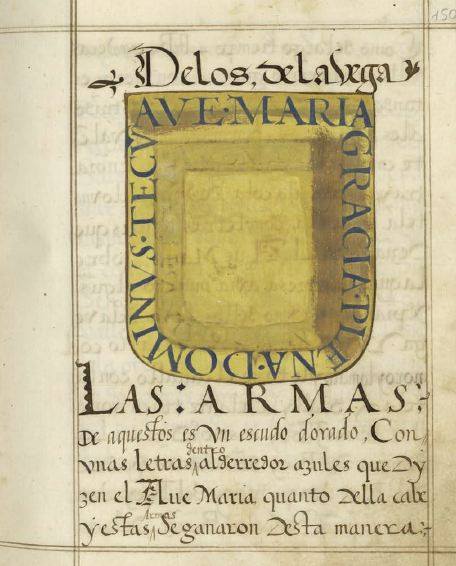
” In the convent of San Pedro Mártir de Toledo and in the chapel at the head of the right lateral nave, where there is a churrigueresque altar with the image highly venerated in this city of the Virgin of the Rosary, are embedded in the wall the sepulchres of the poet Garcilaso de la Vega and his brave father, of the same name, whose two marble statues, armed in the old way and kneeling towards the altar, do not lack merit.
Gustavo Adolfo Bécquer
” Burials of Garcilaso de la Vega and his father in Toledo”
His poetic work can be read in its entirety on the Internet. We recommend a visit to the website of the “Asociación de Amigos de Garcilaso de la Vega” (www.garcilaso.org). Interesting in this website are his texts, research, and an excellent “walk through literary Toledo” inspired by the work of Garcilaso.

